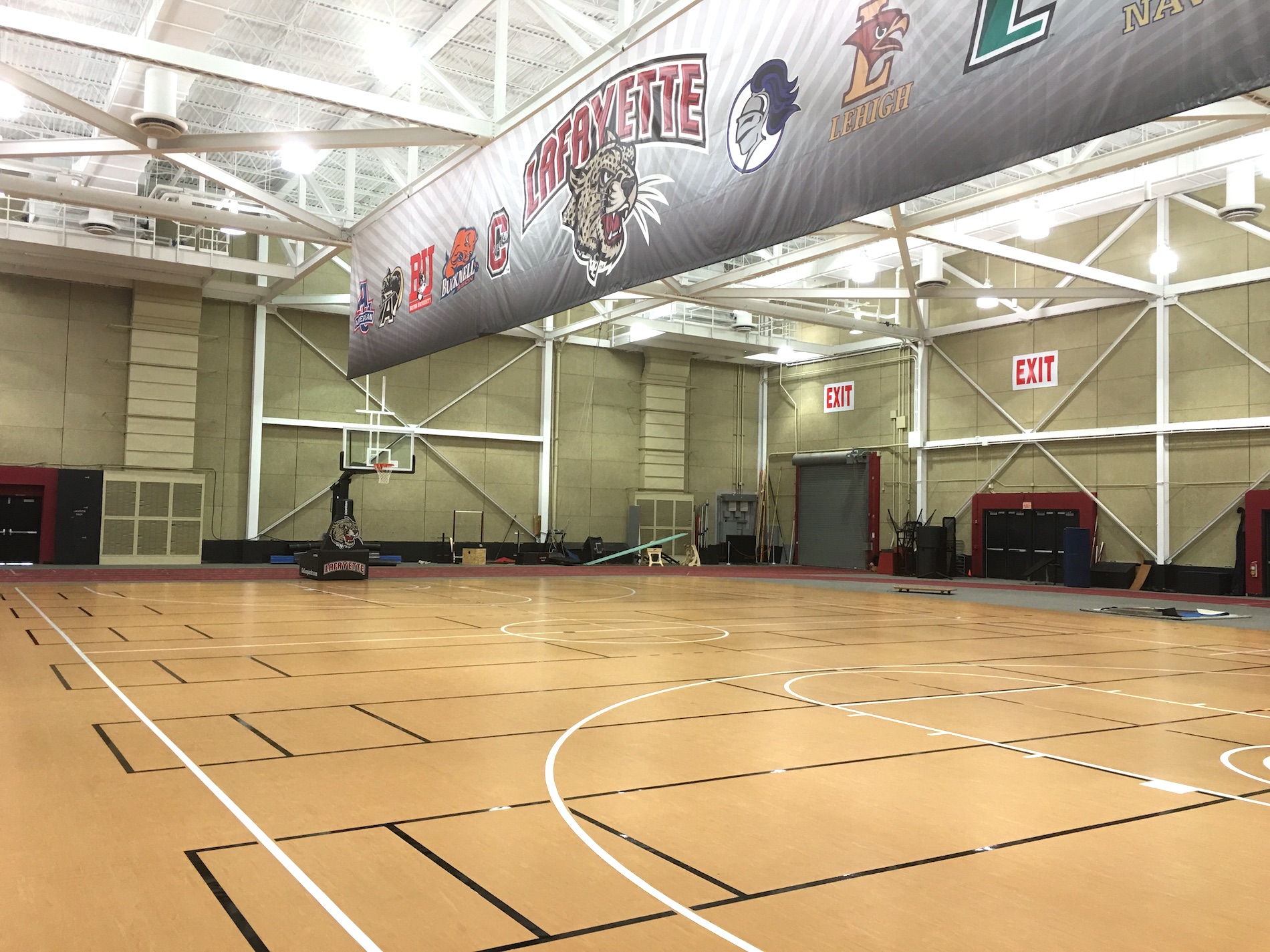Rubber or Hardwood? Choosing the Right Floor for Your Facility
Investing in a new gymnasium floor is a significant decision, and the choice between rubber or hardwood surfaces plays a pivotal role in the overall functionality and aesthetics of the space. Each material offers unique benefits, and understanding your specific needs can guide you towards the optimal flooring solution for your facility.
Performance Considerations:
When deciding between rubber and hardwood gymnasium floors, performance is a key factor. Rubber floors are known for their shock absorption and resilience, making them ideal for activities that involve heavy impact, such as weightlifting. On the other hand, hardwood floors provide a firm and stable surface, making them well-suited for sports like basketball and volleyball.
Maintenance and Durability:
Consider the maintenance requirements and durability of each flooring type. Rubber floors are generally low-maintenance and resistant to moisture, making them suitable for environments with high foot traffic. Hardwood floors, while durable, may require more maintenance to preserve their appearance and prevent damage.
Aesthetic Appeal:
The visual impact of your gymnasium floor is another crucial aspect. Rubber floors come in various colors and designs, offering flexibility in aesthetic choices. Hardwood floors, with their classic and timeless appeal, often contribute to a more traditional and upscale atmosphere.
Budget Considerations:
Your budget will inevitably influence your decision. While rubber floors may have a lower upfront cost, hardwood floors can be a long-term investment that adds significant value to your facility. Consider the overall cost of ownership, including maintenance expenses, when evaluating the financial aspects.
Multi-Functionality:
If your gymnasium serves a variety of purposes, including sports events, performances, or gatherings, you’ll want a floor that accommodates diverse activities. Hardwood floors, with their versatility and ability to handle different types of events, may be a more suitable choice for multi-functional spaces.
Environmental Impact:
Lastly, consider the environmental impact of your choice. Rubber floors often incorporate recycled materials, making them an eco-friendly option. Hardwood floors, when sourced sustainably, can also align with environmentally conscious practices.
In conclusion, the decision between rubber and hardwood gymnasium floors should be based on a careful consideration of performance needs, maintenance requirements, aesthetic preferences, budget constraints, multi-functionality, and environmental considerations. Consulting with flooring experts, like those at Miller Sports Construction, can provide valuable insights tailored to your specific requirements, ensuring that your investment in a new gymnasium floor aligns perfectly with the needs of your facility.

